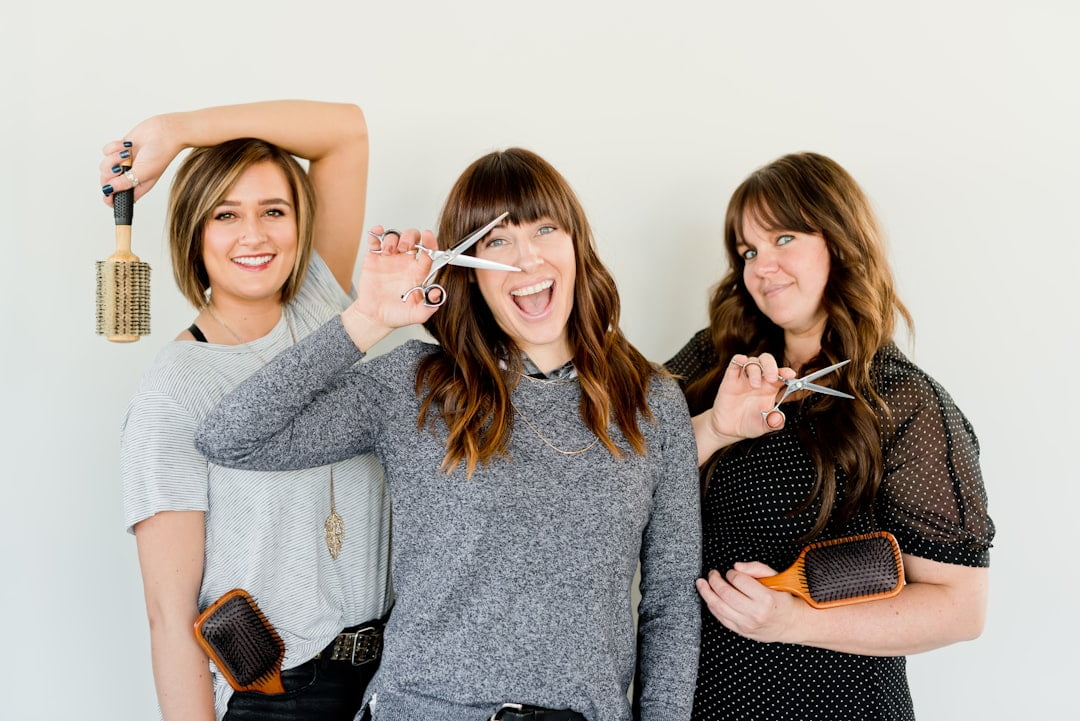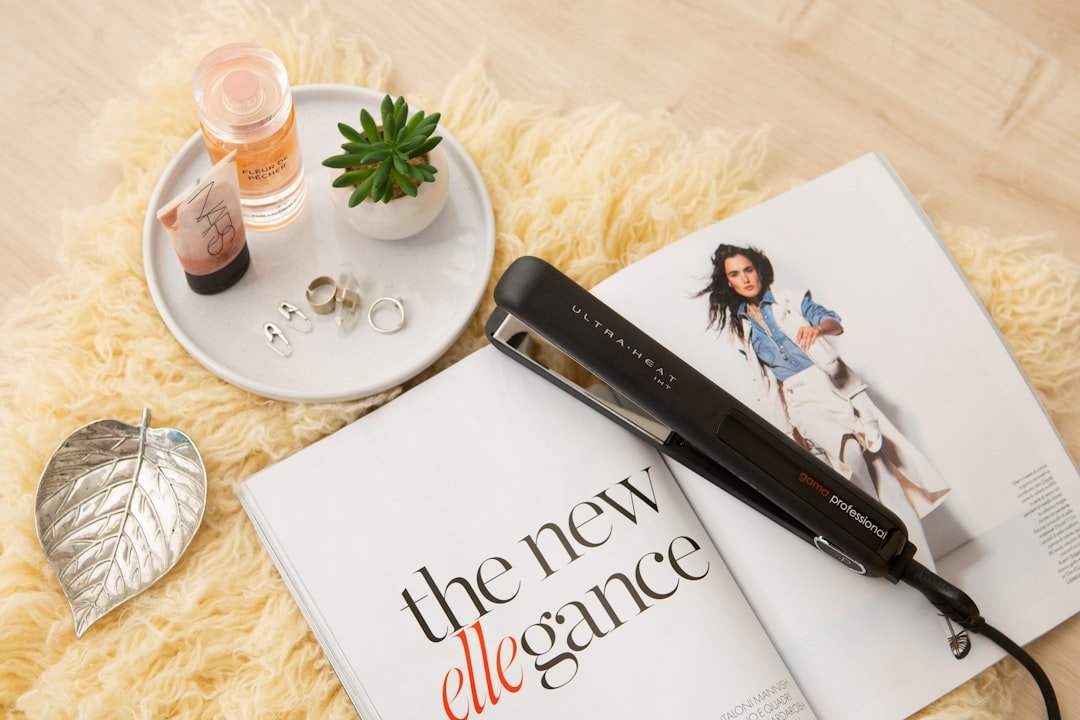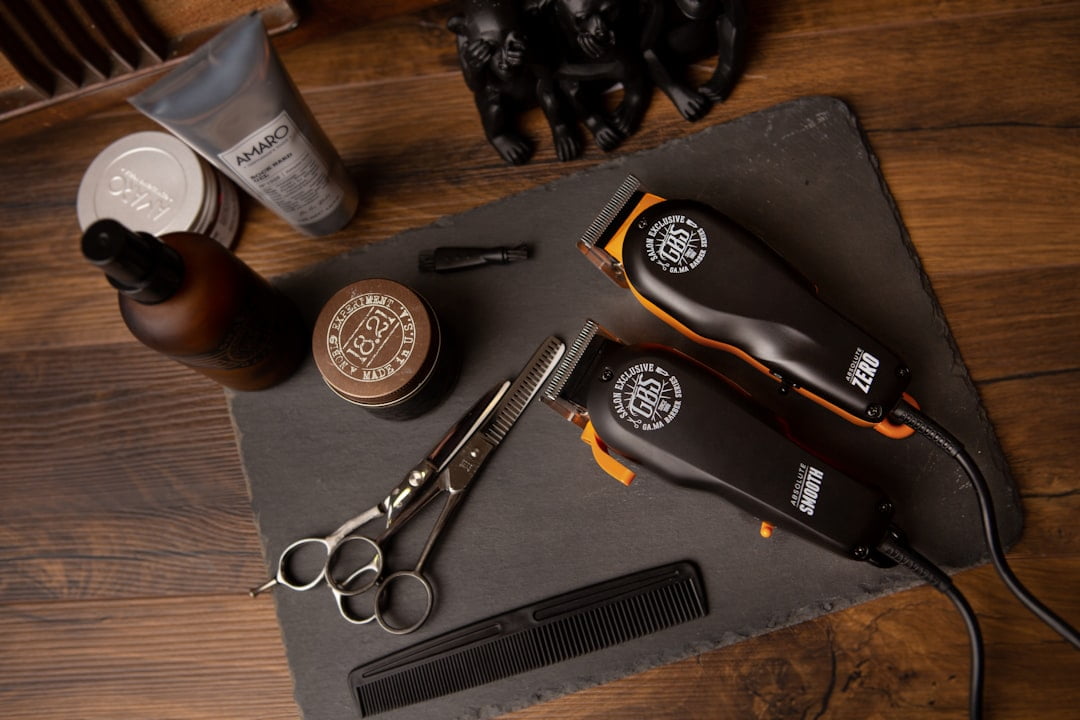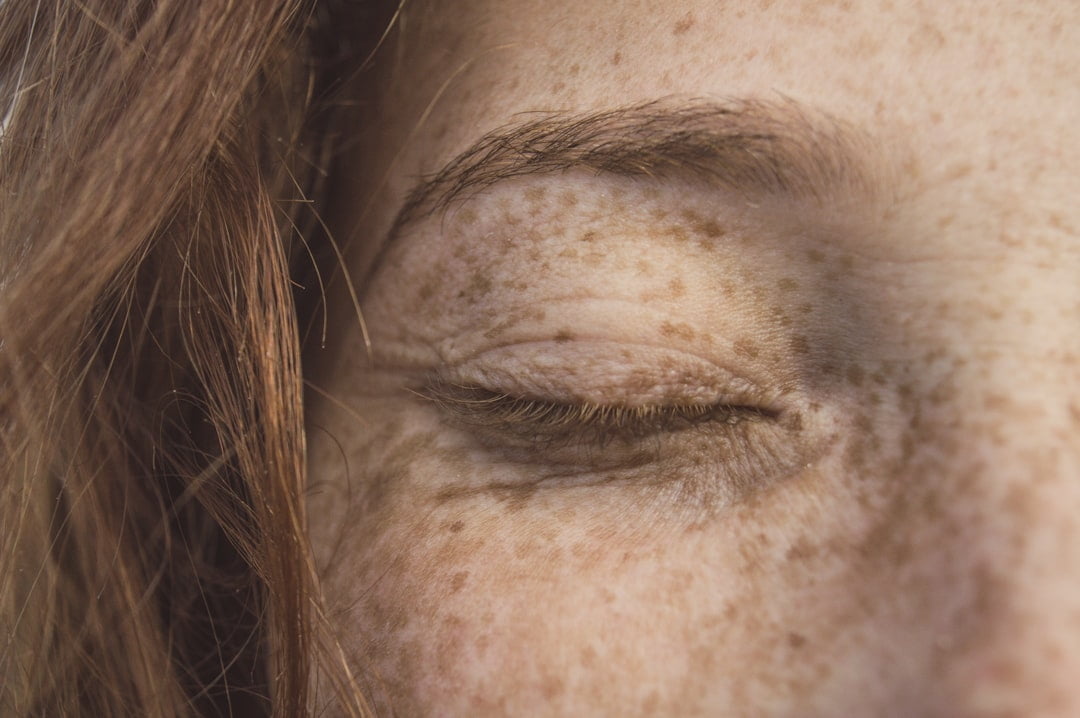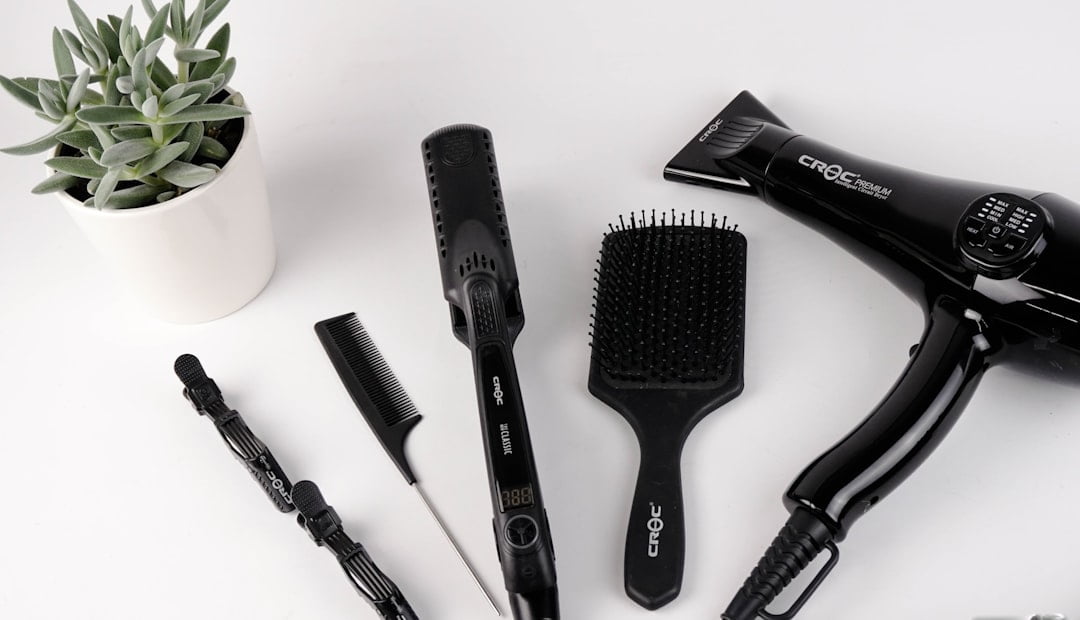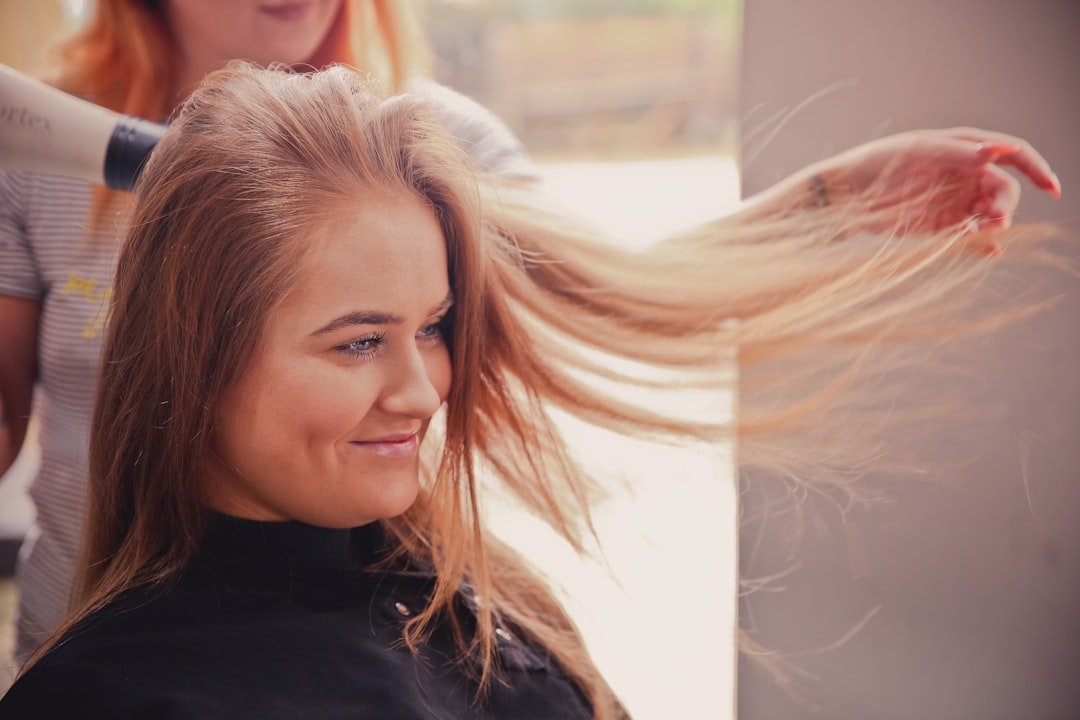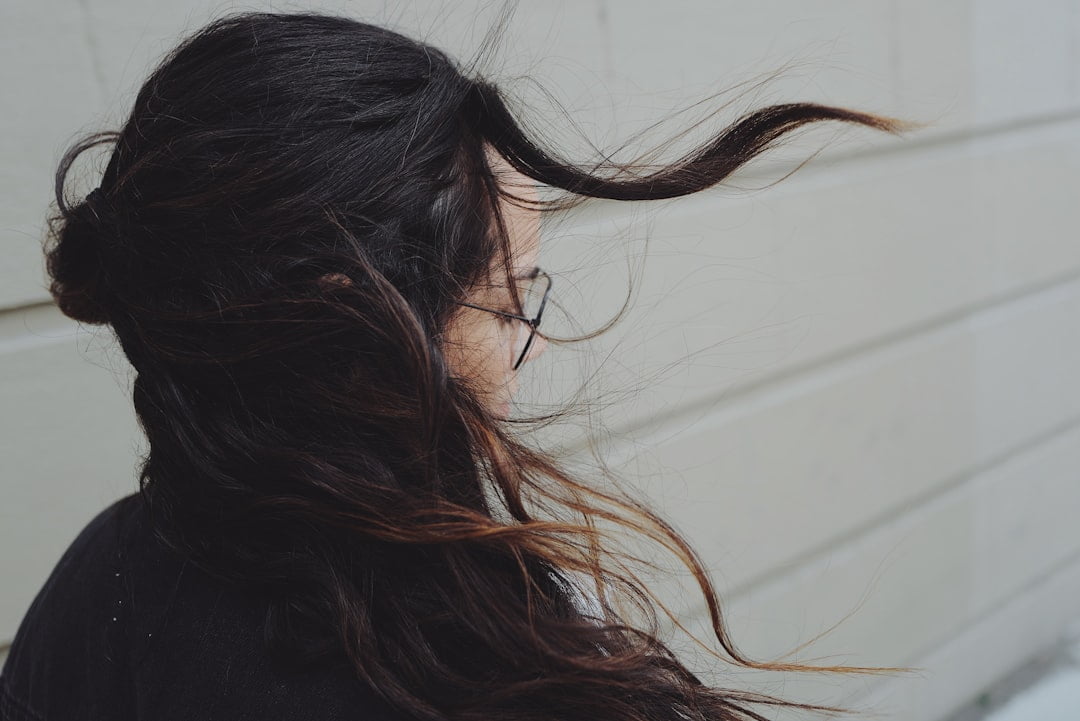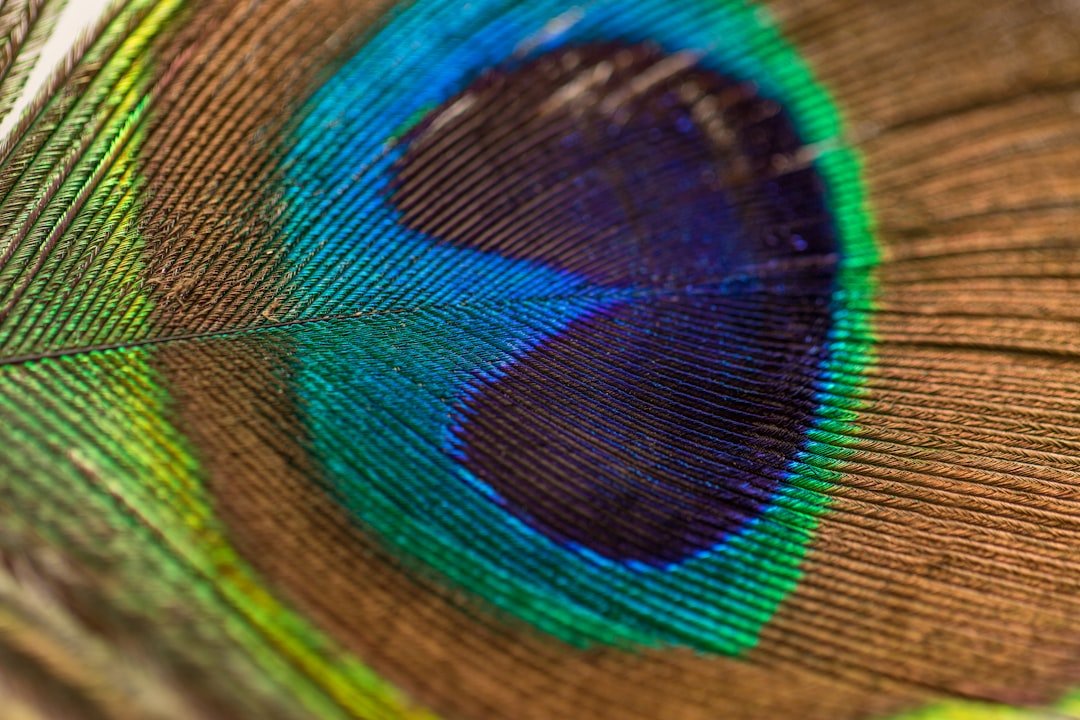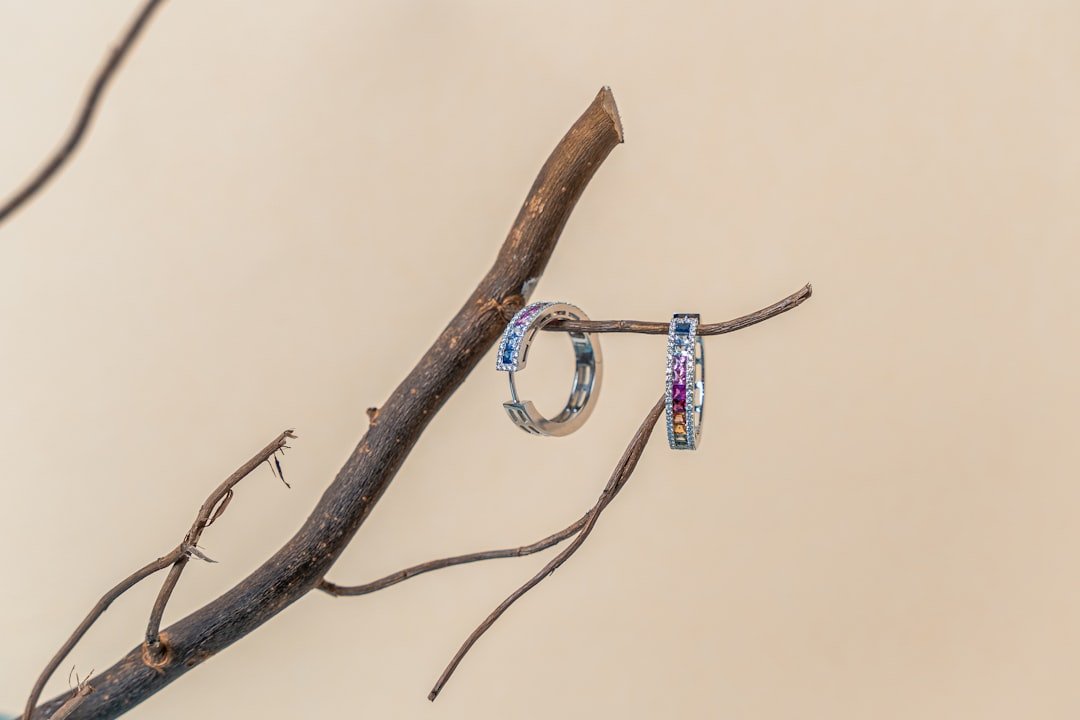Hair consultations are appointments with professional stylists where they discuss and assess the condition of your hair, your hair goals, and provide personalized recommendations for achieving those goals. These consultations are important because they allow you to communicate your desires and concerns to a professional who can guide you in the right direction. Whether you want a new haircut, a different hair color, or advice on how to maintain healthy hair, a consultation is the first step towards achieving your desired look.
Key Takeaways
- Hair consultations are important for understanding your hair type, texture, and finding the right haircut and color for you.
- Benefits of hair consultations at your salon include personalized recommendations, improved hair health, and achieving your desired look.
- To prepare for your hair consultation, bring inspiration photos and be honest about your hair history and daily routine.
- During the consultation process, expect to discuss your hair goals, concerns, and receive recommendations from your stylist.
- Understanding your hair type and texture is crucial for choosing the right products and styling techniques to maintain healthy hair.
Benefits of Hair Consultations at Your Salon
One of the main benefits of hair consultations at your salon is the personalized recommendations you receive from a professional stylist. They have the knowledge and expertise to assess your hair type, texture, and condition, and provide tailored advice on what will work best for you. This can save you from making costly mistakes or trying trends that may not suit your hair.
Another benefit is the opportunity to discuss your hair concerns and goals with a professional. Whether you’re struggling with frizz, thinning hair, or lack of volume, a consultation allows you to address these issues and find solutions that work for you. The stylist can also provide guidance on how to achieve your desired hair goals, whether it’s growing out your hair or trying a new style.
Hair consultations also give you the chance to learn about new hair trends and techniques. Stylists are constantly staying up-to-date with the latest trends in the industry, and they can share their knowledge with you during the consultation. This allows you to stay current and try new styles that you may not have considered before.
How to Prepare for Your Hair Consultation
To make the most out of your hair consultation, there are a few things you can do to prepare. First, bring inspiration photos of hairstyles or colors that you like. This will give the stylist a visual reference of what you’re looking for and help them understand your vision.
Second, be honest about your hair history and current routine. Let the stylist know if you have any previous chemical treatments, such as coloring or perming, as this can affect the recommendations they provide. It’s also important to share your current hair care routine, including the products you use and how often you wash and style your hair. This information will help the stylist assess the condition of your hair and make appropriate recommendations.
Lastly, come with an open mind. While it’s great to have specific ideas in mind, it’s also important to be open to suggestions from the stylist. They have the expertise to assess what will work best for your hair type and face shape, so trust their professional opinion.
The Consultation Process: What to Expect
During a hair consultation, you can expect a thorough discussion of your hair concerns and goals. The stylist will ask questions about what you like and dislike about your hair, any specific issues you’re facing, and what you hope to achieve with your hair. This conversation is important for the stylist to understand your vision and provide appropriate recommendations.
After the discussion, the stylist will examine your hair type and texture. They may touch and feel your hair to assess its condition, thickness, and texture. This examination helps them determine what cuts, colors, or treatments will work best for you.
Based on the discussion and examination, the stylist will then provide recommendations for haircuts, colors, and treatments that will help you achieve your desired look. They may suggest specific styles or techniques that will work well with your hair type and face shape. They may also recommend treatments or products that can improve the health and appearance of your hair.
Understanding Your Hair Type and Texture
Understanding your hair type and texture is crucial for maintaining healthy hair and achieving desired styles. There are several different hair types, including straight, wavy, curly, and kinky. Each type has its own unique characteristics and requires specific care.
Straight hair is characterized by its smooth texture and lack of curl or wave. It tends to be shiny and can be prone to oiliness. Wavy hair has a slight curl or wave pattern and is often thicker than straight hair. It can be prone to frizz and requires products that enhance and define the waves.
Curly hair has a more defined curl pattern and can range from loose curls to tight coils. It tends to be drier than straight or wavy hair and requires extra moisture and hydration. Kinky hair has a very tight curl pattern and is often referred to as afro-textured hair. It is the most fragile and requires gentle handling and deep conditioning.
Regardless of your hair type, it’s important to use products that are specifically formulated for your hair’s needs. This will help maintain the health and integrity of your hair, as well as enhance its natural beauty.
Choosing the Right Haircut for Your Face Shape
Choosing the right haircut for your face shape can make a big difference in how flattering a style looks on you. There are several different face shapes, including round, oval, square, heart, and diamond. Each shape has its own unique characteristics, and certain haircuts can help enhance or balance these features.
For round faces, haircuts that add height and length are generally the most flattering. This can include long layers, side-swept bangs, or a pixie cut with volume on top. Avoid blunt cuts that end at the chin, as they can make the face appear wider.
Oval faces are considered the most versatile, as they can pull off a wide range of hairstyles. From short pixie cuts to long layers, oval faces can experiment with different lengths and styles. However, it’s important to consider other factors such as hair texture and personal style when choosing a haircut.
Square faces have strong jawlines, so haircuts that soften the angles are recommended. This can include layered cuts, side-swept bangs, or chin-length bobs. Avoid blunt cuts that end at the jawline, as they can accentuate the squareness of the face.
Heart-shaped faces have wider foreheads and narrower chins, so haircuts that add width at the chin are flattering. This can include chin-length bobs, layered cuts, or side-swept bangs. Avoid heavy bangs or short cuts that emphasize the forehead.
Diamond-shaped faces have narrow foreheads and chins, with wider cheekbones. Haircuts that add width at the forehead and chin are recommended. This can include layered cuts, side-swept bangs, or chin-length bobs. Avoid heavy bangs or short cuts that emphasize the cheekbones.
Color Consultations: Finding the Perfect Shade for You
Color consultations are an important part of the hair consultation process, especially if you’re considering a new hair color or highlights. During a color consultation, the stylist will assess your skin tone and eye color to determine what shades will complement your features.
There are several different hair colors and tones to choose from, including blonde, brunette, red, and fashion colors. Each color has its own range of shades and undertones, which can be warm (golden or coppery) or cool (ashy or platinum).
For example, if you have warm undertones in your skin and brown eyes, warm hair colors such as golden blonde or rich chocolate brown may be more flattering on you. If you have cool undertones in your skin and blue eyes, cool hair colors such as ash blonde or cool brown may be more flattering.
It’s important to consider your natural hair color and how drastic of a change you’re willing to make. If you’re unsure about what color will suit you best, the stylist can provide swatches or show you examples to help you visualize the different options.
Tips for Maintaining Healthy Hair
Maintaining healthy hair is essential for achieving your desired look and preventing damage. There are several tips you can follow for at-home hair care to keep your hair in optimal condition.
First, it’s important to use the right products for your hair type and concerns. This includes shampoo, conditioner, and styling products. Look for products that are free of sulfates and parabens, as these can strip the hair of its natural oils and cause dryness. If you have specific concerns such as frizz or thinning hair, look for products that target those issues.
Second, it’s important to establish a regular hair care routine. This includes washing and conditioning your hair regularly, but not too frequently as it can strip the hair of its natural oils. It’s also important to use heat protectant products before using heat styling tools, as excessive heat can cause damage to the hair.
In addition to at-home care, professional treatments can also help maintain healthy hair. This can include deep conditioning treatments, keratin treatments, or scalp treatments. These treatments are often more intensive and can provide long-lasting results.
Styling Advice: How to Achieve Your Desired Look
Styling your hair at home can be a challenge, especially if you’re trying to achieve a specific look. However, with the right tips and techniques, you can achieve salon-worthy results.
First, it’s important to start with clean, dry hair. This will ensure that your styling products and tools work effectively. If you have fine or thin hair, using a volumizing mousse or spray at the roots can help add lift and body. If you have thick or curly hair, using a smoothing serum or cream can help control frizz and define curls.
Next, choose the right styling tools for your desired look. For straight styles, a flat iron or straightening brush can help achieve sleek, smooth hair. For curls or waves, a curling iron or wand can create beautiful, bouncy curls. It’s important to use heat protectant products before using heat styling tools to prevent damage.
Finally, finish off your style with the right products. This can include hairspray, pomade, or shine serum, depending on the look you’re trying to achieve. These products will help hold your style in place and add shine and definition.
Schedule Your Hair Consultation at Bay Ridge Hair Salon Today!
In conclusion, hair consultations are an important step towards achieving your desired hair goals. They provide personalized recommendations from professional stylists, the opportunity to discuss your concerns and goals, and the chance to learn about new trends and techniques. By preparing for your consultation, understanding your hair type and texture, and following the recommendations provided, you can maintain healthy hair and achieve your desired look.
If you’re ready to schedule your hair consultation, contact Bay Ridge Hair Salon today. Our team of experienced stylists is dedicated to helping you achieve your hair goals and providing exceptional service. Don’t wait any longer – book your consultation today and take the first step towards beautiful, healthy hair.
If you’re looking for more inspiration and ideas for your next hair consultation at the salon, be sure to check out Bay Ridge Hair Salon’s gallery. Their gallery showcases a wide range of stunning hairstyles and transformations, giving you a glimpse of what their talented stylists can achieve. Whether you’re interested in hair extensions or other hair services, Bay Ridge Hair Salon has got you covered. For tips on maintaining your hair extensions, their article on Bay Ridge Hair Extensions Maintenance provides valuable insights and advice. Don’t miss out on these helpful resources to make the most of your salon experience!
